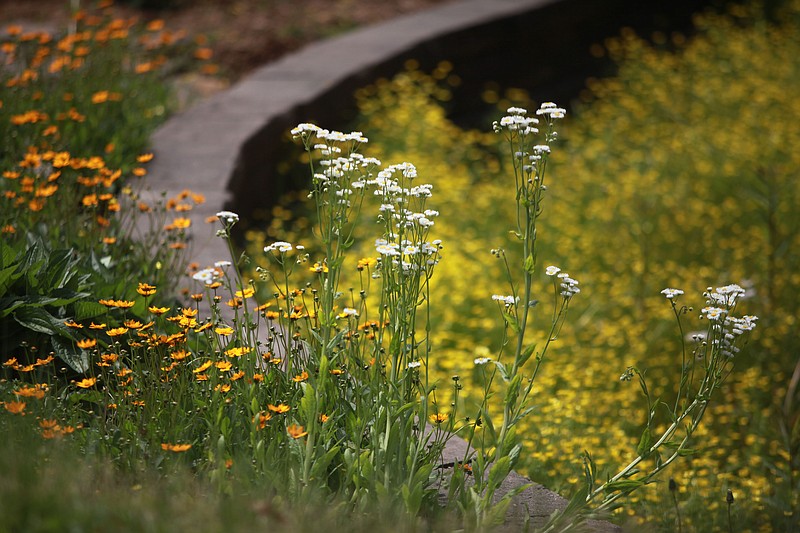Many homeowners and backyard gardeners are finding that do-it-yourself rain gardens are the perfect addition to their yards because they are not only attractive but also good for the environment.
"They are an all-star landscape feature that can not only beautify a landscape but also improve water quality and water conservation," said John Pennington, extension water quality instructor for the University of Arkansas System Division of Agriculture.
Pennington will host a free webinar on rain gardening on May 18, from 1:30-2:30 p.m. Participation is free, but registration is required, according to a news release.
"Rain gardens capture runoff and allow it to filter into the ground, reducing stormwater runoff that often causes flooding and pollutes streams and lakes," Pennington said.
The webinar is designed for homeowners, gardeners, community volunteers and anyone interested in rain gardens. Pennington will explain the particulars of rain garden how-to's. Berni Kurz, extension horticulture specialist for the Division of Agriculture, will discuss plants that are best suited for rain gardens and considerations for placement. Native plants, grasses and shrubs all provide food and shelter for birds, butterflies and other beneficial wildlife.
Rain gardens are bowl-shaped landscaped depressions that collect runoff from a roof, paved area or yard. The design of the landscape feature reduces and filters stormwater runoff.
The rain garden's flat bottom distributes rainwater evenly across the planted area. Topsoil, mixed with compost and sand, allows the water to slowly soak into the ground within a few days so water is not standing and breeding mosquitoes.
For detailed information about how to build a rain garden and a list of suitable native plants, download the Extension's fact sheet FSA9533 -- "Rain Gardens and Stormwater" -- at https://bit.ly/3f4xRUW.
To register for the rain garden webinar, visit https://uaex.edu/raingarden. The webinar is part of an Expanding Green Infrastructure grant funded by the Arkansas Division of Natural Resources and the U.S. Environmental Protection Agency.

